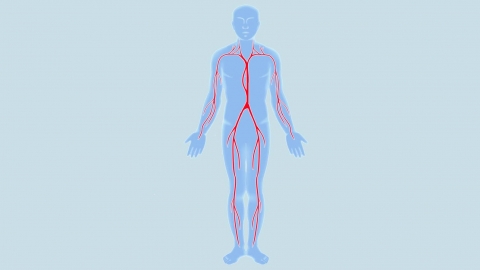Why Can Human Reflex Activities Be Coordinated and Accurate?
Under normal circumstances, the coordination and accuracy of human reflex activities mainly depend on the integrity of the reflex arc, precise transmission of neurotransmitters, regulation by the central nervous system, specific connections between neurons, and adaptive responses of effectors. A detailed analysis is as follows:
1. Integrity of the Reflex Arc
Reflex activities rely on the reflex arc, which consists of a receptor, afferent nerve, neural center, efferent nerve, and effector. Only when all five components are functioning normally and are properly connected can the receptor transmit signals sequentially after receiving stimulation, ultimately resulting in a response from the effector. Any missing or abnormal component prevents the reflex activity from occurring in a coordinated and accurate manner.

2. Precise Transmission of Neurotransmitters
Neurons transmit signals through neurotransmitters. When a signal reaches the presynaptic membrane, it triggers the precise release of neurotransmitters into the synaptic cleft. These neurotransmitters specifically bind to receptors on the postsynaptic membrane and do not randomly bind to other receptors.
3. Regulation by the Central Nervous System
The central nervous system modulates reflex signals. Based on the intensity and type of stimulus, it analyzes and integrates incoming signals, then sends appropriate commands through efferent nerves to the effectors.
4. Specific Connections Between Neurons
Neurons are connected in specific ways, forming a complex and organized neural network. Neurons with different functions connect only with corresponding neurons. For example, neurons responsible for visual reflexes connect exclusively with visual-related afferent and efferent neurons, not randomly with auditory-related neurons. This specific connectivity ensures that signals are transmitted along designated neural pathways, enabling precise reflex activities.
5. Adaptive Responses by Effectors
Effectors produce adaptive responses according to neural signals. When efferent nerves transmit signals to the effectors, they accurately adjust their activity intensity and mode based on the signal requirements.
In addition, the human body continuously optimizes the coordination and accuracy of reflex activities through learning and adaptation, better enabling responses to changes in the external environment.




